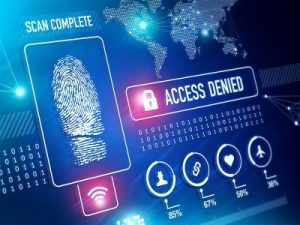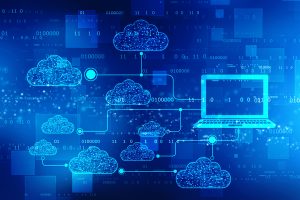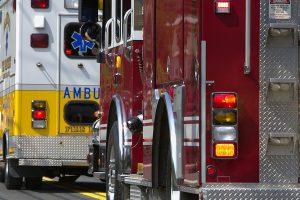
Biometrics, the automated recognition of individuals using unique characteristics, continues to spread into many areas of our everyday lives. We use our faces to unlock our phones, scan our eyes to board a plane, and use fingerprints to access our laptops. As the use of biometrics has become more commonplace, the implications of utilizing physical features, particularly facial features, to grant access to needed services have grown in severity.
Recognition vs Analysis
Facial biometrics fall into two general categories. Facial analysis does not tie a face to a name; rather, it looks for specific characteristics to make a decision on whether or not to grant access. Your iPhone uses facial analysis. A website designed for people 18 and older could use facial analysis to determine if someone is able to access the content. Facial recognition attaches a face to a name. In the case of security, it not only grants access but also connects that access to a specific user. It can also be used to identify a person to confirm or suggest an identity. Facial recognition requires the storage of an original image to compare the biometric scan to, say, a driver's license or passport photo. Continue reading



 In an effort to continue to keep us safe, law enforcement and other first responders are embracing and responding to the implementation of new technologies. In this post we'll take a look at three technology areas impacting how law enforcement carries out their mission - video, autonomous vehicles, and Internet of Things.
In an effort to continue to keep us safe, law enforcement and other first responders are embracing and responding to the implementation of new technologies. In this post we'll take a look at three technology areas impacting how law enforcement carries out their mission - video, autonomous vehicles, and Internet of Things. Shared Services in government is nothing
Shared Services in government is nothing FirstNet is a nationwide wireless broadband network for first responders being built and deployed through a first of its kind public-private partnership. FirstNet was borne out of the September 11, 2001 tragedy where it became clear that the radio systems police, fire, and paramedics relied on did
FirstNet is a nationwide wireless broadband network for first responders being built and deployed through a first of its kind public-private partnership. FirstNet was borne out of the September 11, 2001 tragedy where it became clear that the radio systems police, fire, and paramedics relied on did
